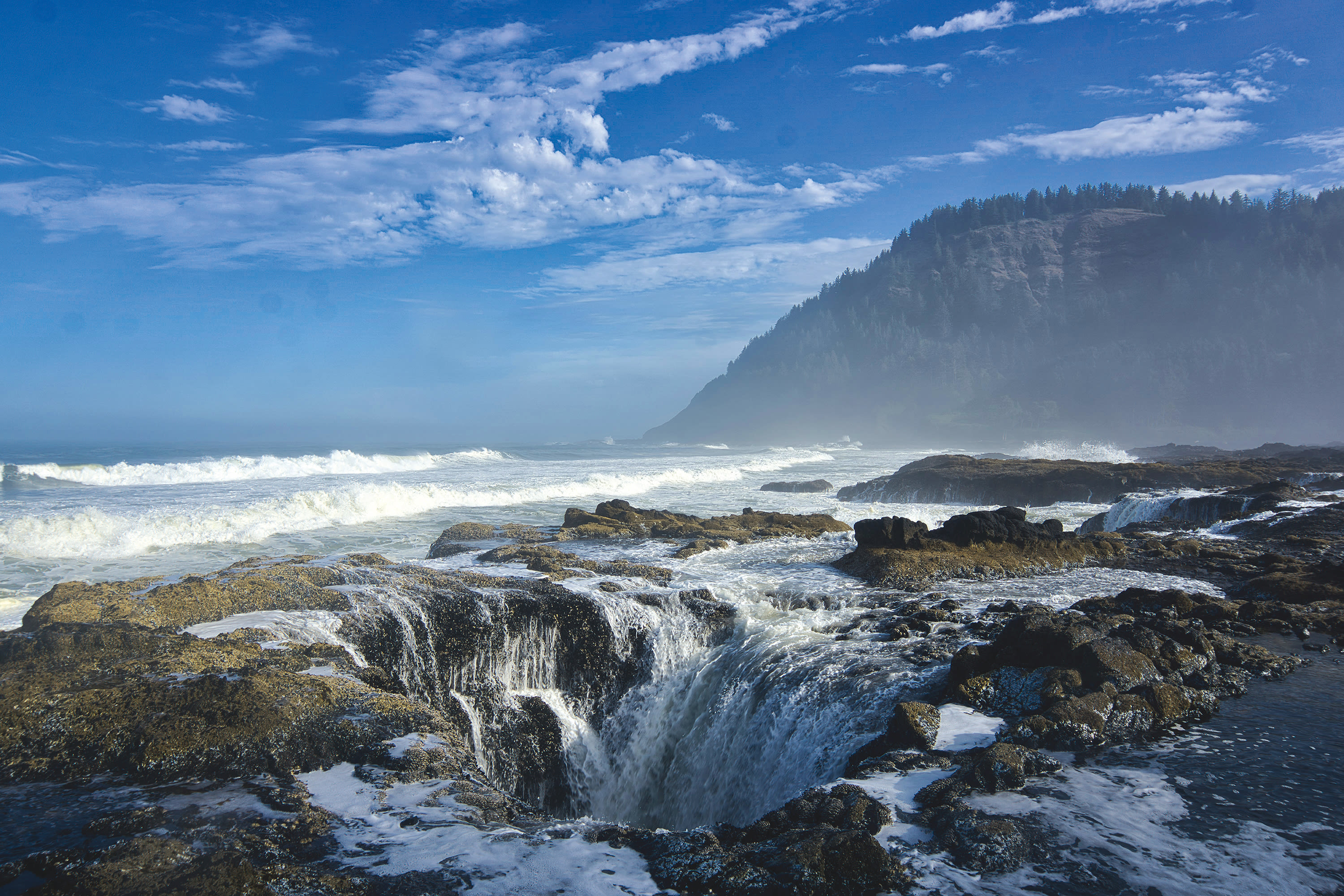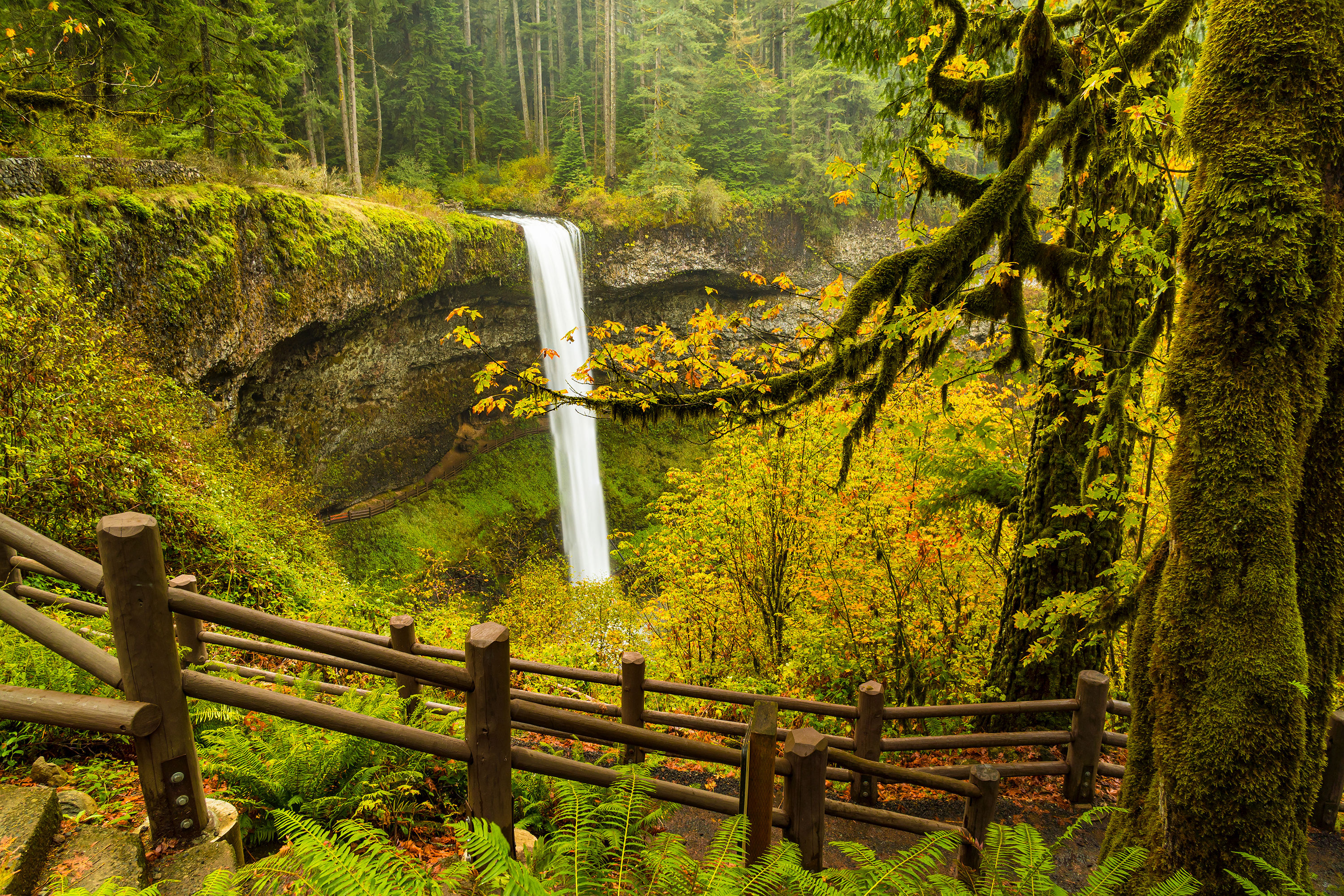Beyond Hood: Hoodoo
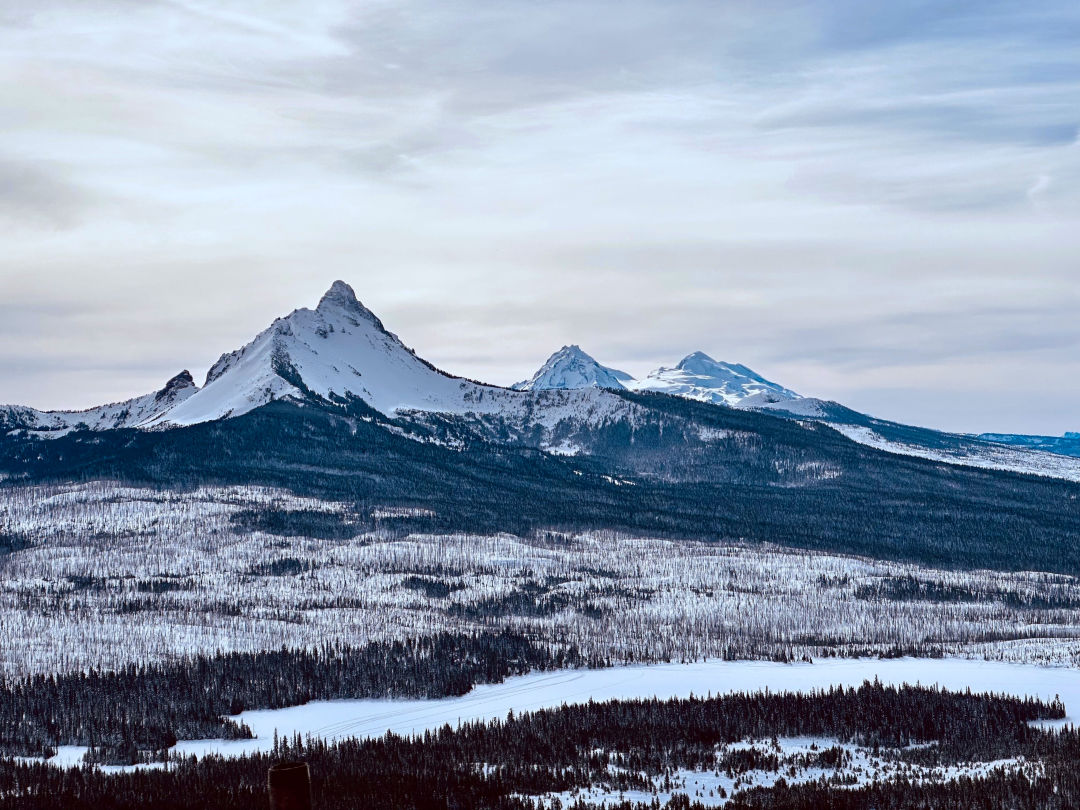
Image: Sam Stites
“Steeper, deeper, cheaper,” read a bumper sticker for Hoodoo Ski Area, a small resort perched in the Santiam Pass near Central Oregon.
As the black Subaru Outback I was following turned right and I continued straight, I pondered the accuracy of that sticker: never had I encountered a bumper sticker that more precisely captured the spirit of its subject matter.
It was a lucky sighting. I’d just taken a trip down to Hoodoo with my buddy Will to check out the resort after having not visited for 10 years, and I was struggling with how to summarize my experience.
“Steeper, deeper, cheaper.”
That was it.
Somewhere in a smoked filled board room decades ago, a copywriter was getting high fives from his peers for that stroke of genius, and I was saved from having to overthink.
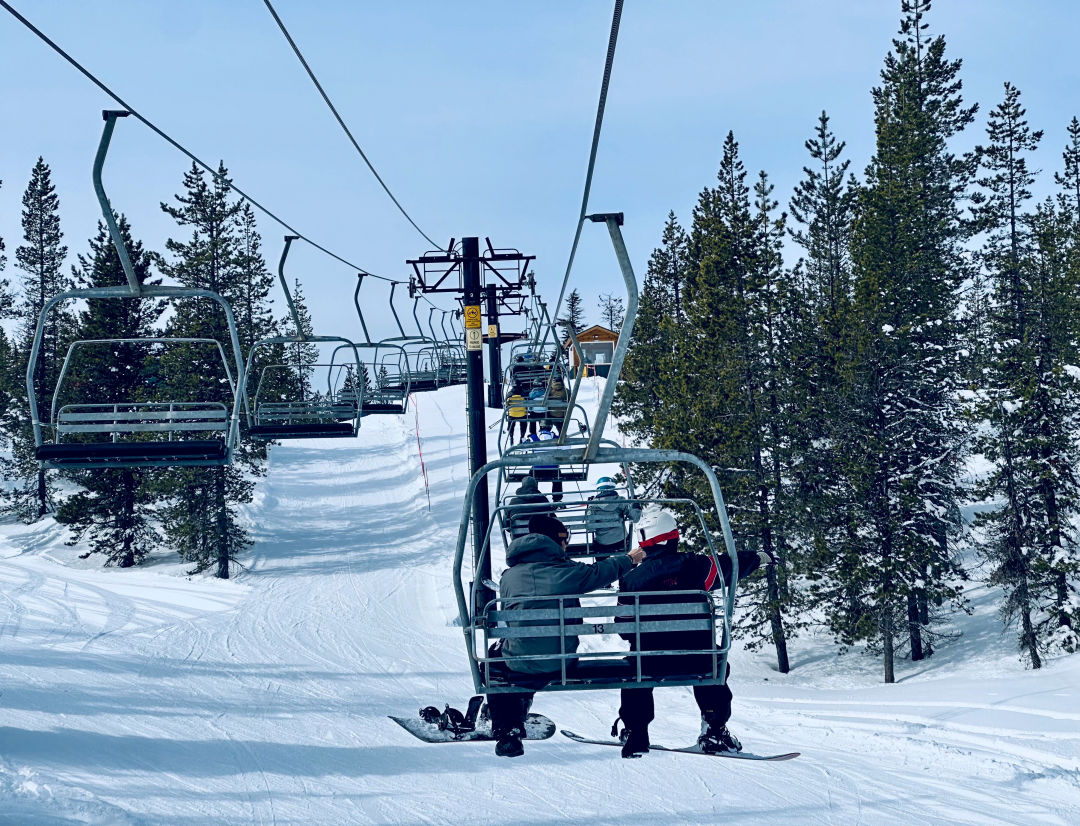
Image: Sam Stites
Visiting Hoodoo is like stepping into the movie Hot Tub Time Machine: Not a lot has changed over the years, and there’s this wild aura that invites you to let your freak flag fly.
Something about Hoodoo’s old charm takes the pressure off people to not feel like they need to be best rider on the mountain, or have the coolest and latest gear, or really give a shit about what anyone else thinks about them.
Founded in 1938—the same year Timberline opened—Hoodoo was one of the first three ski resorts in the Pacific Northwest to operate a chairlift. I’ve been told by employees that the original idea was to put the resort not on Hoodoo Butte but on Three Fingered Jack, the craggy peak located just to the north. But building a road up the mountain would’ve cost astronomically more, and Ed Thurston, the resort’s original owner, said to hell with it and landed at the butte instead, just seconds off Highway 20.
Hoodoo today encompasses just over 800 acres of terrain ranging from steep powder bowls to mellow groomers. It’s located about two hours and 40 minutes southeast of Portland, and just 20 minutes northwest of the town of Sisters.
Five lifts offer access to 34 runs on 1,035 feet of vertical drop. Big Green Machine, the resort’s main lift, services the entire mountain, with near 360-degree coverage from the top of the butte where you get sweeping views of Three Fingered Jack, Mount Washington, two of the Three Sisters, and the tips of several other Cascade peaks.
Despite its being only around 800 acres compared to say Mount Bachelor’s 4,300, you can still spend a whole day checking out new runs and not see the entire mountain. The day I visited in February, Hodag’s Chair—the resort’s newest lift built in 2001 off the butte’s southwest—wasn’t open. But there was so much else to experience I didn’t feel like I was missing out on anything. In fact, there were several runs I just wanted to session repeatedly because they were so amusing, such as the intermediate runs Impossible Dream and Powder Valley, as well as steep black diamonds like Grandstand and Angel’s Flight.
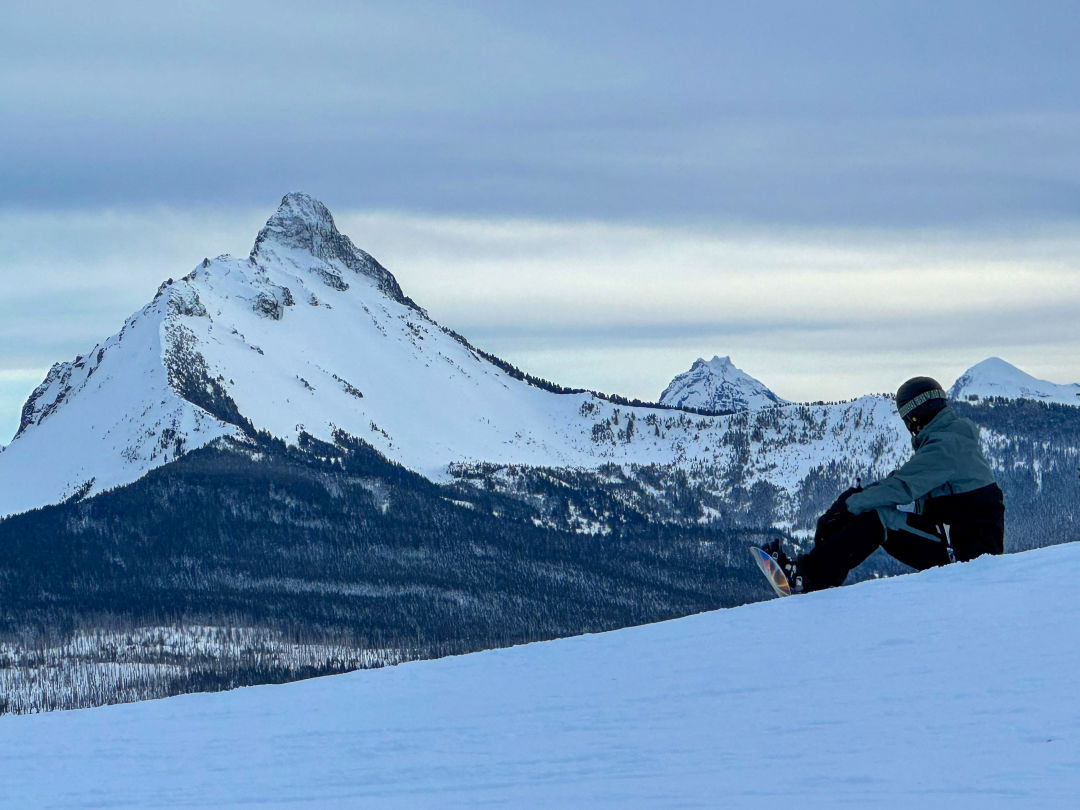
Image: Sam Stites
When I left for the day, I felt like I had just barely begun to scratch the surface of secret stashes and fun routes the mountain was hiding. One of the best things about Hoodoo is the fact you can easily session a run you fall in love with. I went on a blue bird Thursday from 9 a.m. to 4 p.m. after three straight days of snowfall and didn’t wait in a line the entire time.
The last time I was at Hoodoo, at age 21, I was working as a volunteer chaperone for a mountain shuttle operated by Berg’s Ski Shop in Eugene. On select winter weekends in college I would wake up at 4 a.m. on a Saturday to go count heads as students who didn’t have the luxury of owning a four-wheel-drive vehicle would pile onto a motor coach headed to Hoodoo, Mount Bachelor, or Willamette Pass for the day. Even then, I remember Hoodoo being easily navigable and without chokepoints at lift lines.
It also gets around 200 inches of snow each year (227 inches since October 2022) and has the same dry consistency—thought admittedly not as dry—as Mount Bachelor.
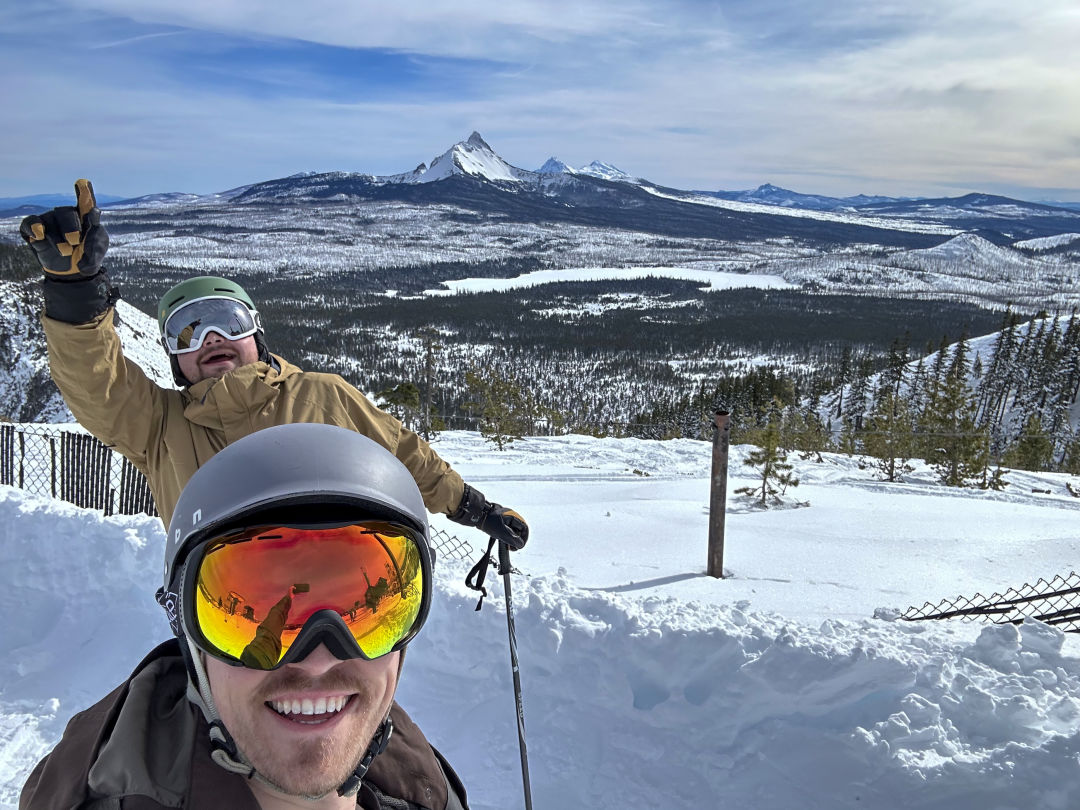
Image: Sam Stites
The other great thing about this resort is its dirt-cheap prices. “Thrifty Thursday” sees day ticket prices plunge to just $29. That’s not a typo . . . $29 to ride the entire mountain, all day.
On regular days, Hoodoos prices aren’t nearly as steep as its slopes, at $69 to ride from 9 a.m. to 9 p.m. On peak days, such as winter break and holidays, that price jumps only $10.
What Hoodoo offers in terms of cheap access to great terrain, it certainly lacks in facilities. There is no lodging onsite other RV and camper parking on the south side of the parking lot. The lodge is somewhat decrepit and doesn’t have a lot to offer. There’s a cafeteria style restaurant where choices are scant, tons of open space with seating to bring your own lunch, and a medium-sized bar area in the corner of the top floor. But Hoodoo’s lodge is not what you’re here for. It serves its purpose in that it’s a decent place to pop in for a grab-’n’-go chicken Caesar wrap that’s about to expire, and a couple of drinks. My meal, two shots of Jameson, and two Hazy IPAs from nearby Three Creeks Brewing in Sisters—split between my friend and I—cost me $35 for the day.
I wasn’t able to stay overnight for this trip to Hoodoo, but it would be supremely convenient for stays in Sisters, Black Butte, and Camp Sherman. Instead, my friend and I hit the trail home to Portland after riding all day—but not before we popped into the Santiam SnoLab, a custom ski and snowboard workshop located right at the base of the mountain.
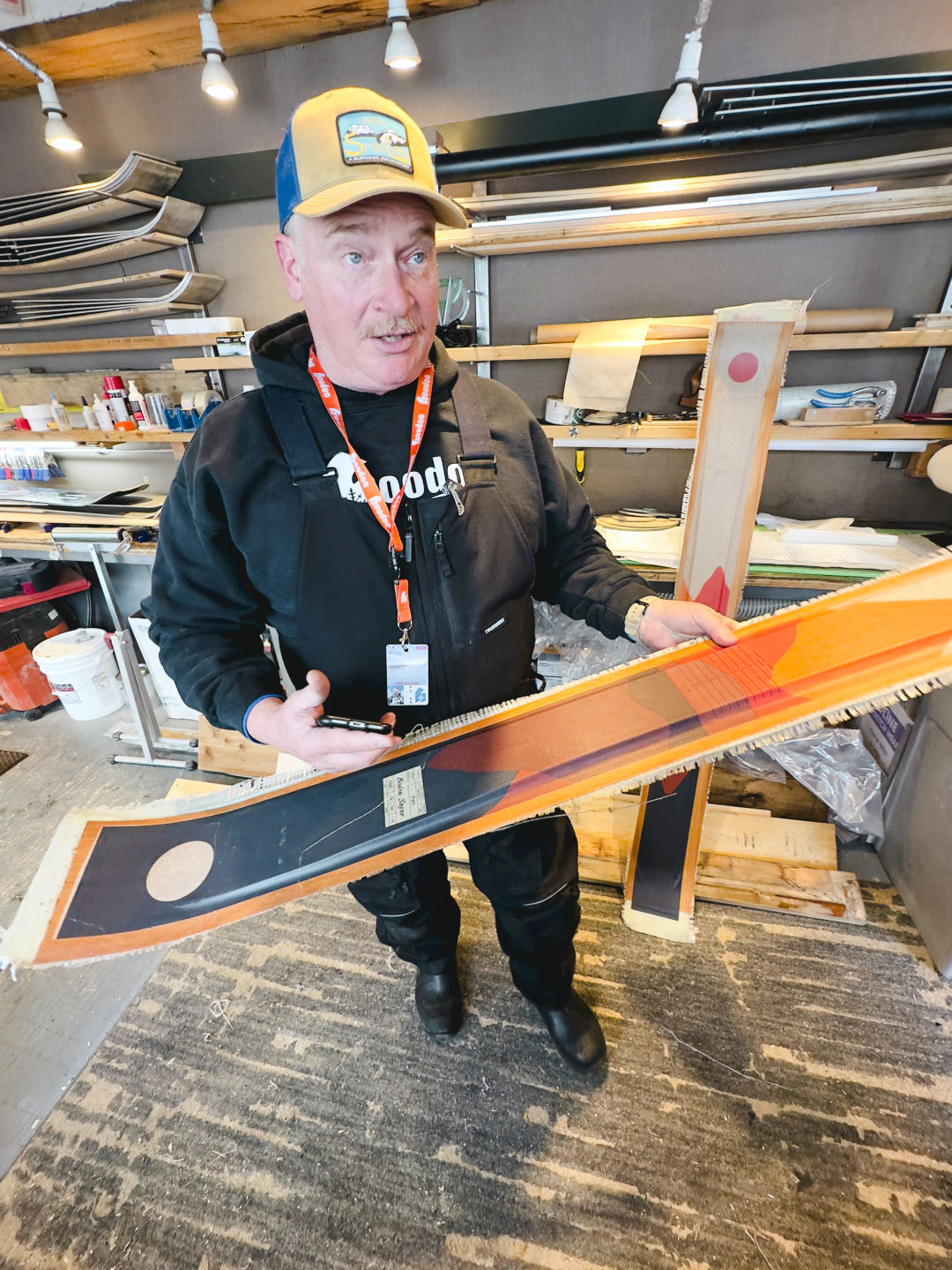
Image: Sam Stites
Santiam SnoLab manager Hank Gulledge—a former teacher turned craftsman—has been pressing boards and skis at the microworkshop for almost five years. He and assistant Drew Hendrickson survey clients with hundreds of questions to build spreadsheets full of data to create products fully customized to what they want to get out of their skis or board. That includes things like the shape, size, flex, sidewall cut, stance, camber angle, and more. They use mostly poplar and ash wood reinforced with fiberglass in their construction for durability and flexibility. They do everything in house, including designing, physically cutting the shapes, pressing the layers together, and curing them in their own custom-made kiln.
Gulledge says they make about 150 pairs of skis and boards per year, and most of what they make are considered “all-mountain” products, meaning the client asked them to make something that will do well in deep powder, carve hard on the groomers, and be great in the terrain park.
“All mountain means it does everything OK,” Guttledge says. “But we’ve had the whole gamut [of clients].”
Every once in a while they get a backcountry snowboarder or race skier who wants something so specific it challenges them to create a product that will help the client push their limits in a very specific discipline. They’ve even replicated an old mono-ski that a client brought in who couldn’t find one to replace his original since they went out of style in the late 1970s.
A new set of skis from Santiam SnoLab runs you $700, but considering most products are around $500-900 for top-of-the-line brands, $700 for a fully customized board or skis is a steal.
“A big manufacturer, they can’t do what we can do,” Guttledge says. “You and I can dream up something, and tomorrow, create it.”
